Kolam Tradition in South India: Rangoli in Indian Threshold Design
Kolam is propitious threshold drawings by women defining religious and cultural space is South India. Integrating the entire Tamil community in kinship, ephemeral kolam structure is precise and beautiful prauer for protection and prosperity. Aesthetic experience of kolam is in its symmetrical composition that conelates with our concept of the cosmos. In the geometric grid of kolam the number of dots called pulli algorithmically guides the number of crossings that requires overall smoothening of edges in the design. Large number of infinite knot pattern follows a set of elegant mathenatical rule that is at the same time time artistic. According to Marcia Asher, Emeritus Professor of Mathmathics at Ithaca College, the Principle of Numbera in kolam is dynamics and motion in matter demonstrating multiplicity of the void. Kolam drawings trace uniliner path with singular regularity expressive of polyrhythmic music. Dance Chandralekha observed that kolam is a kind of yoga. Kolam as an art form has entered computer graphics, ethnomathmatics and ethnomusicology, textile industry, therapeutic applications and tactile spatial education for visually challenged. The pervasive threshold drawing of Tamil Nadu are unique but at the same time kolam is extendable to the tradition of tracing patterns in sand produced by several culturea in Africa and South Pacific islands as well as to the brilliant mosaics of ancient Rome.
Get it now and save 10%
BECOME A MEMBER

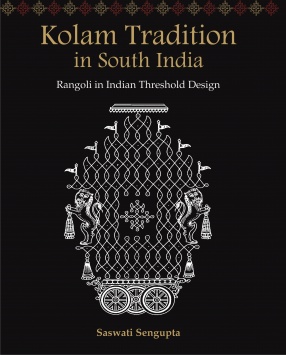
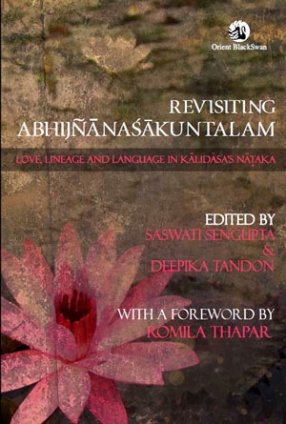
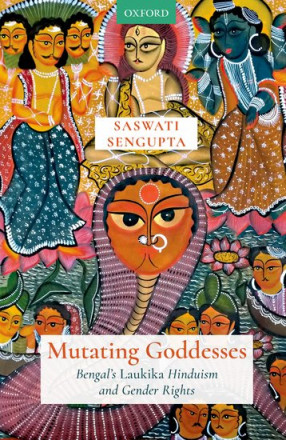
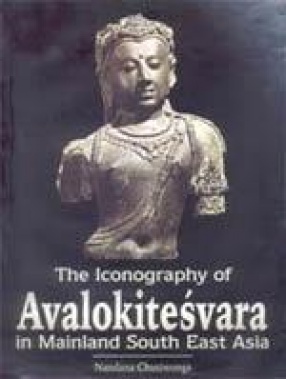
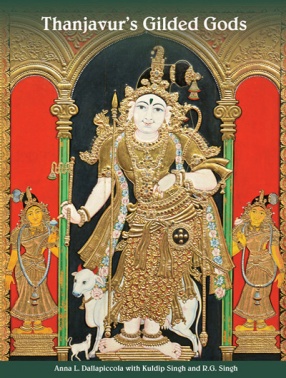
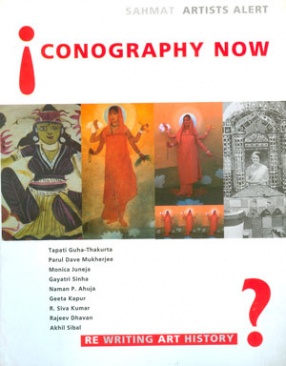
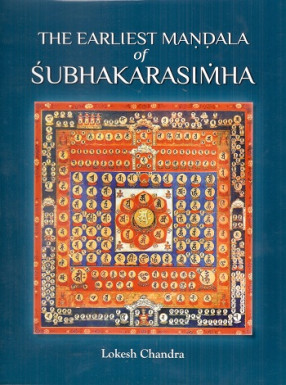

Bibliographic information